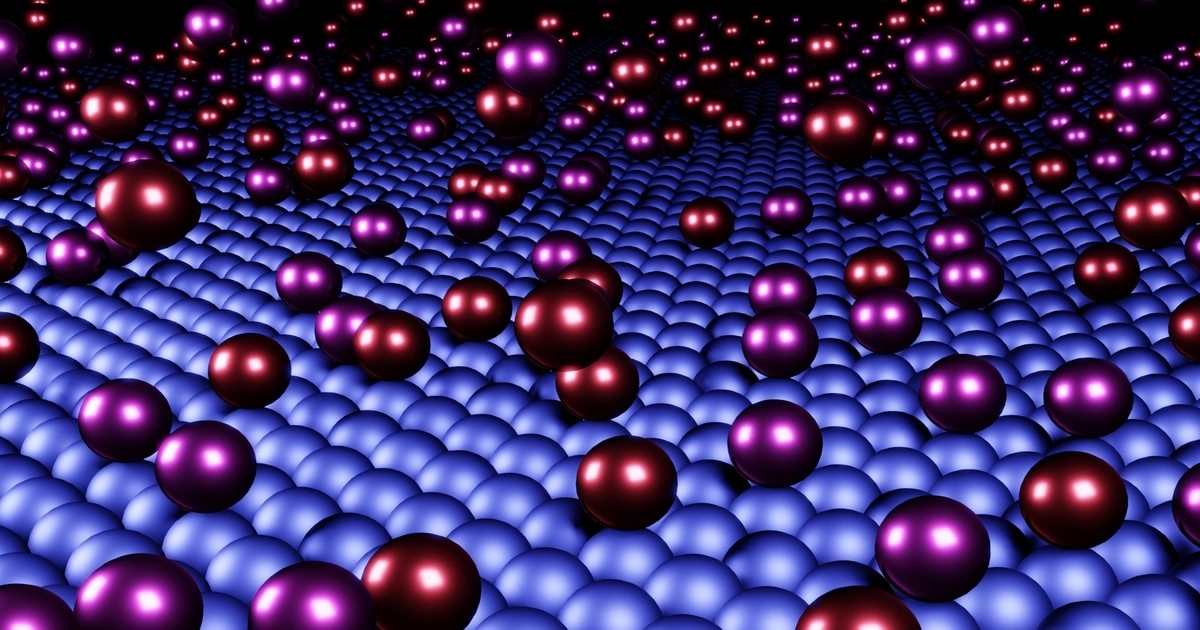Advances in Thin-Film Deposition via Plasma-Assisted and Pulsed Laser Techniques
A special issue of Materials (ISSN 1996-1944). This special issue belongs to the section "Thin Films and Interfaces".
Deadline for manuscript submissions: closed (20 December 2023) | Viewed by 4774

Special Issue Editors
Interests: thin films; surface characterization; XPS; SEM; perovskites
Interests: thin film deposition; E-ALD; electrodeposition; electroplating; nanostructured materials; thickness determination; materials science; corrosion; electrocatalysis; material characterization; EDS; XRF; SEM; AFM
Special Issues, Collections and Topics in MDPI journals
Special Issue Information
Dear Colleagues,
I am pleased to present this upcoming Special Issue of Materials entitled “Advances in Thin-Film Deposition via Plasma-Assisted and Pulsed Laser Techniques”. The focus of this new Special Issue is to group the newest progresses in terms of methodologies and applications of plasma-assisted deposition and pulsed laser deposition techniques.
Materials, when presented in the form of thin films, possess a variety of interesting properties that differ many times from the properties of the larger variety. A thin film can be applied on the surface of an object for a variety of reasons, including:
- Protective films against environmental corrosion;
- Film as thermal or chemical shield;
- Reinforcement films against scratching;
- Films to decrease the friction coefficient;
- Esthetical thin films.
In this framework, plasma-assisted and pulsed laser depositions are two relevant techniques for the large-scale production of thin films. In the literature, we can find numerous examples of applications and technical improvements concerning these techniques. Our purpose is to produce a comprehensive collection of papers that can constitute a new starting point for the research community.
Full papers, communications, and reviews are all welcome.
Dr. Nicola Calisi
Dr. Walter Giurlani
Guest Editors
Manuscript Submission Information
Manuscripts should be submitted online at www.mdpi.com by registering and logging in to this website. Once you are registered, click here to go to the submission form. Manuscripts can be submitted until the deadline. All submissions that pass pre-check are peer-reviewed. Accepted papers will be published continuously in the journal (as soon as accepted) and will be listed together on the special issue website. Research articles, review articles as well as short communications are invited. For planned papers, a title and short abstract (about 100 words) can be sent to the Editorial Office for announcement on this website.
Submitted manuscripts should not have been published previously, nor be under consideration for publication elsewhere (except conference proceedings papers). All manuscripts are thoroughly refereed through a single-blind peer-review process. A guide for authors and other relevant information for submission of manuscripts is available on the Instructions for Authors page. Materials is an international peer-reviewed open access semimonthly journal published by MDPI.
Please visit the Instructions for Authors page before submitting a manuscript. The Article Processing Charge (APC) for publication in this open access journal is 2600 CHF (Swiss Francs). Submitted papers should be well formatted and use good English. Authors may use MDPI's English editing service prior to publication or during author revisions.
Keywords
- plasma deposition
- pulsed laser deposition
- thin film
- laser
- plasma
- deposition technique







